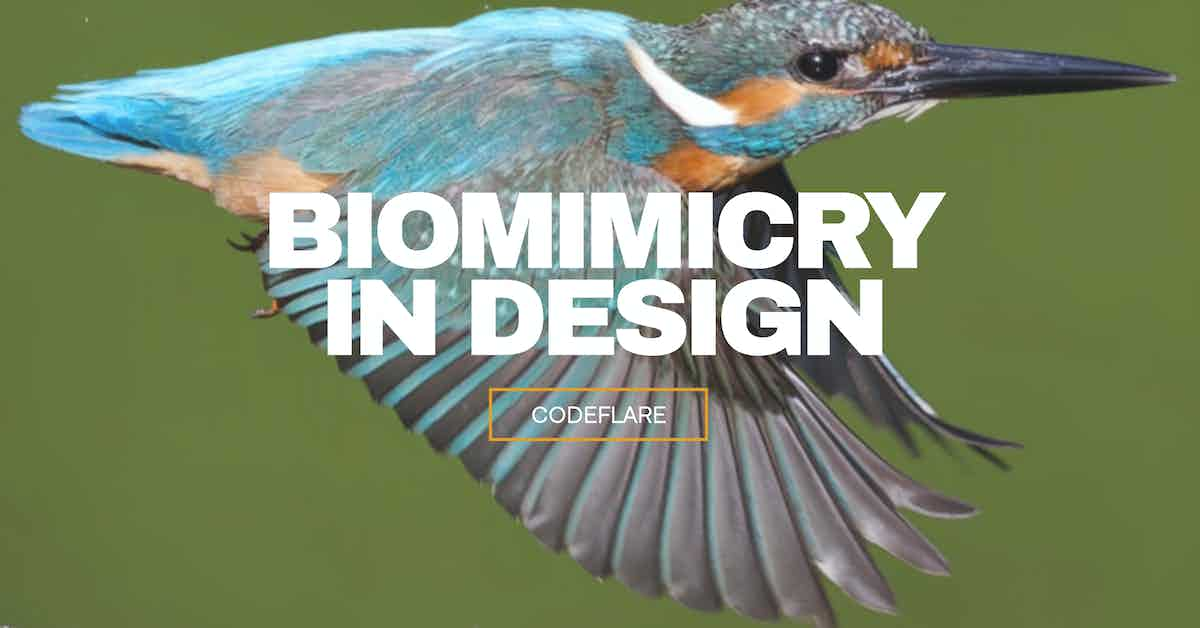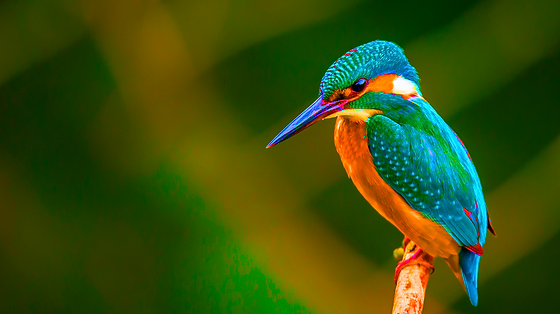

In the quest for sustainable solutions and technological breakthroughs, humanity has often looked to nature for inspiration. The concept of biomimicry, which entails drawing ideas and solutions from the designs and processes found in the natural world, has gained increasing prominence as we strive to address complex challenges across various fields. From architecture to medicine, and from materials science to transportation, biomimicry offers a unique perspective that has the potential to revolutionize the way we approach innovation.
Unveiling the Essence of Biomimicry
Biomimicry, at its core, is a convergence of biology and engineering. It involves observing and analyzing the systems, structures, and processes in nature, and then emulating or adapting these concepts to solve human challenges. The term itself stems from the Greek words “bios,” meaning life, and “mimesis,” meaning to imitate. The driving philosophy behind biomimicry is that nature, through millions of years of evolution, has already perfected solutions to many of the problems we face.
Learning from Nature’s Designs

One of the most fascinating aspects of biomimicry is the sheer diversity of natural adaptations that can be harnessed for human benefit. Take, for instance, the lotus leaf’s ability to repel water. This phenomenon, known as the lotus effect, has inspired the creation of self-cleaning surfaces that are widely used in architecture and product design. Mimicking the lotus leaf’s microstructure, engineers have developed paints and coatings that prevent dirt and grime from adhering to surfaces, thus reducing the need for frequent cleaning and chemical treatments.
The animal kingdom offers a treasure trove of design solutions as well. The streamlined shape of a peregrine falcon, nature’s fastest bird, has informed advancements in aerodynamics and efficient transportation. High-speed trains in Japan, for example, are modeled after the falcon’s design, resulting in reduced air resistance and energy consumption.
Biomimicry in Architecture and Design
Architecture, too, has been greatly influenced by biomimicry. The cooling system of the Eastgate Centre in Zimbabwe, designed by architect Mick Pearce, draws inspiration from termite mounds. Termites maintain a constant temperature in their mounds by opening and closing vents throughout the day. Similarly, the Eastgate Centre’s innovative ventilation system uses less energy than traditional air conditioning methods, all thanks to the principles borrowed from termite mound architecture.
The renowned architect Antoni Gaudí also demonstrated a deep appreciation for nature’s designs in his work. The organic forms and structures in Gaudí’s creations, such as the Sagrada Família in Barcelona, are reminiscent of the patterns found in nature. His study of natural forms not only resulted in visually stunning architecture but also contributed to structural stability and functional efficiency.
Medicine and Biomimicry
Biomimicry has the potential to revolutionize medicine as well. The field of bionics, which involves creating artificial body parts that function as closely as possible to their natural counterparts, draws extensively from biological blueprints. The development of prosthetic limbs, for example, has progressed significantly by mimicking the movements and mechanisms of human muscles and joints.
Organ transplantation is another area where biomimicry could bring about transformative changes. Scientists are exploring the possibility of growing replacement organs using techniques inspired by natural tissue growth processes. By studying how organs develop and regenerate in animals, researchers aim to replicate these processes in the lab, potentially addressing the shortage of donor organs for transplantation.
Sustainable Materials and Biomimicry
The search for sustainable and eco-friendly materials has led to innovations inspired by nature’s own materials. Spider silk, renowned for its strength and flexibility, has captured the interest of material scientists. Attempts to replicate spider silk’s remarkable properties have led to the development of biomimetic materials that could be used in everything from clothing to medical devices.
Furthermore, the concept of “circular economy” aligns well with biomimicry principles. In nature, waste is often a resource for another organism or process. By emulating these closed-loop systems, businesses and industries can design products and processes that minimize waste and maximize resource utilization, thus reducing their environmental footprint.
Challenges and Future Directions
While biomimicry holds immense promise, it’s not without its challenges. Translating complex biological systems into practical human applications can be a daunting task. Additionally, some adaptations found in nature may be the result of unique evolutionary paths that are difficult to replicate. Striking a balance between imitation and innovation is crucial to ensure that biomimetic solutions are effective and viable.
Looking ahead, the future of biomimicry is bright. As our understanding of biological systems deepens, and as technology advances, we are likely to unlock even more nature-inspired solutions. Collaborations between biologists, engineers, designers, and other experts will be instrumental in pushing the boundaries of biomimicry.
Conclusion
Biomimicry represents a convergence of human innovation and nature’s timeless wisdom. By observing, understanding, and emulating the designs and processes that have evolved over millions of years, we can address some of the most pressing challenges of our time. From architecture that cools itself without excessive energy consumption to medical advancements that closely mimic natural processes, the potential applications of biomimicry are vast and varied. As we continue to unravel the mysteries of the natural world, we are poised to unlock a new era of sustainable and ingenious design inspired by the very essence of life itself.



